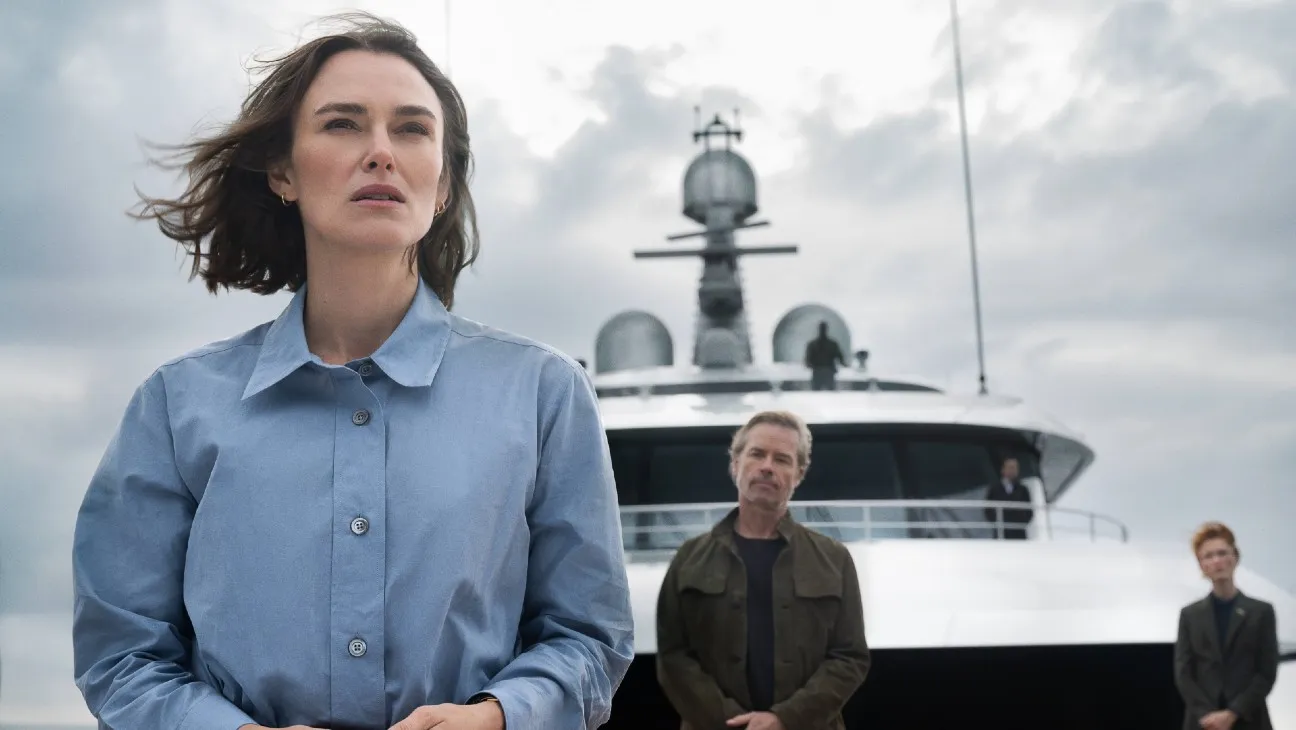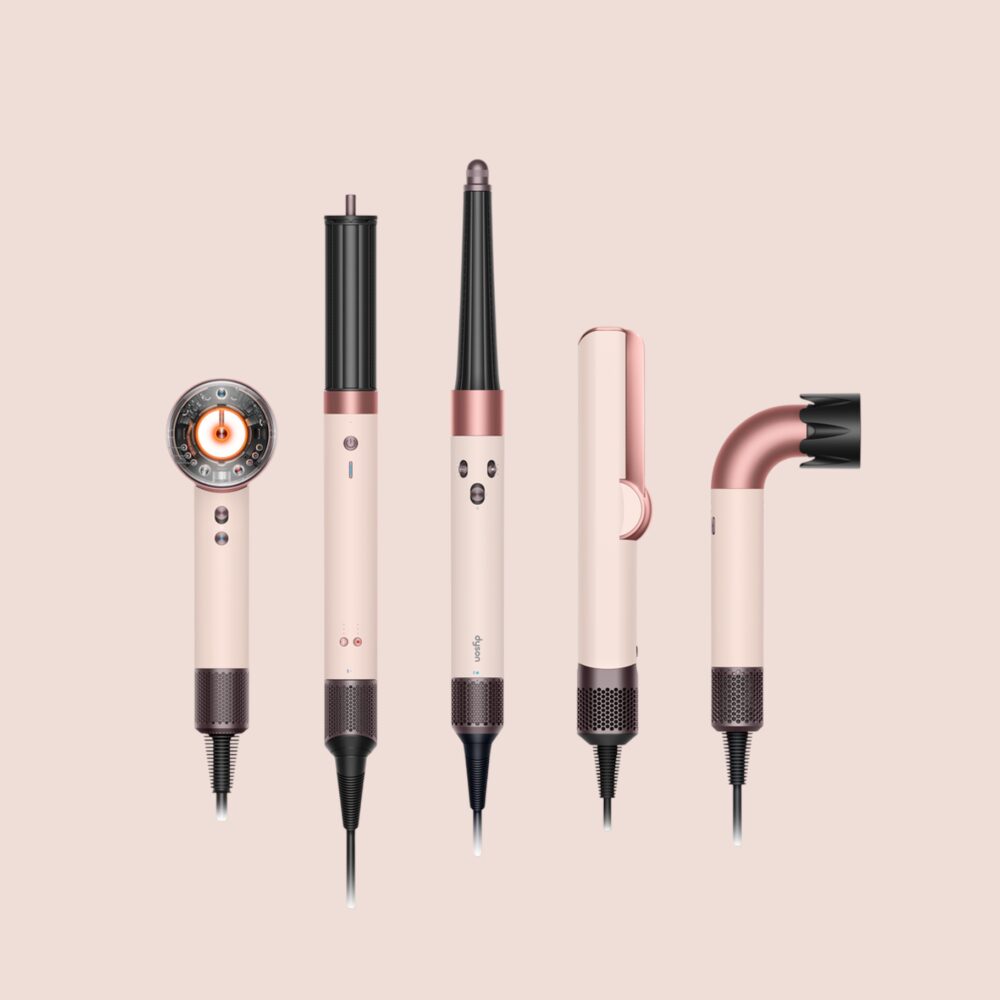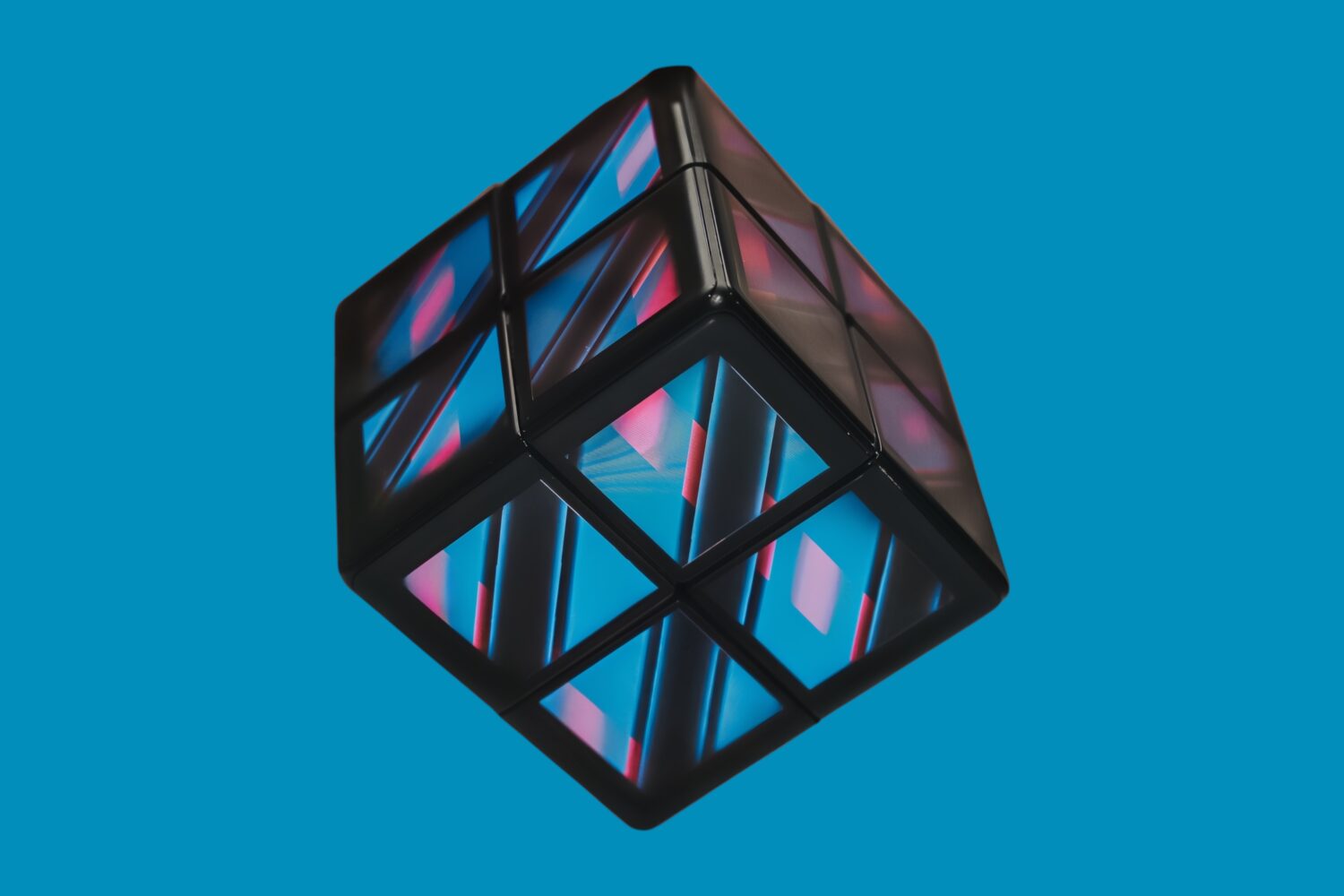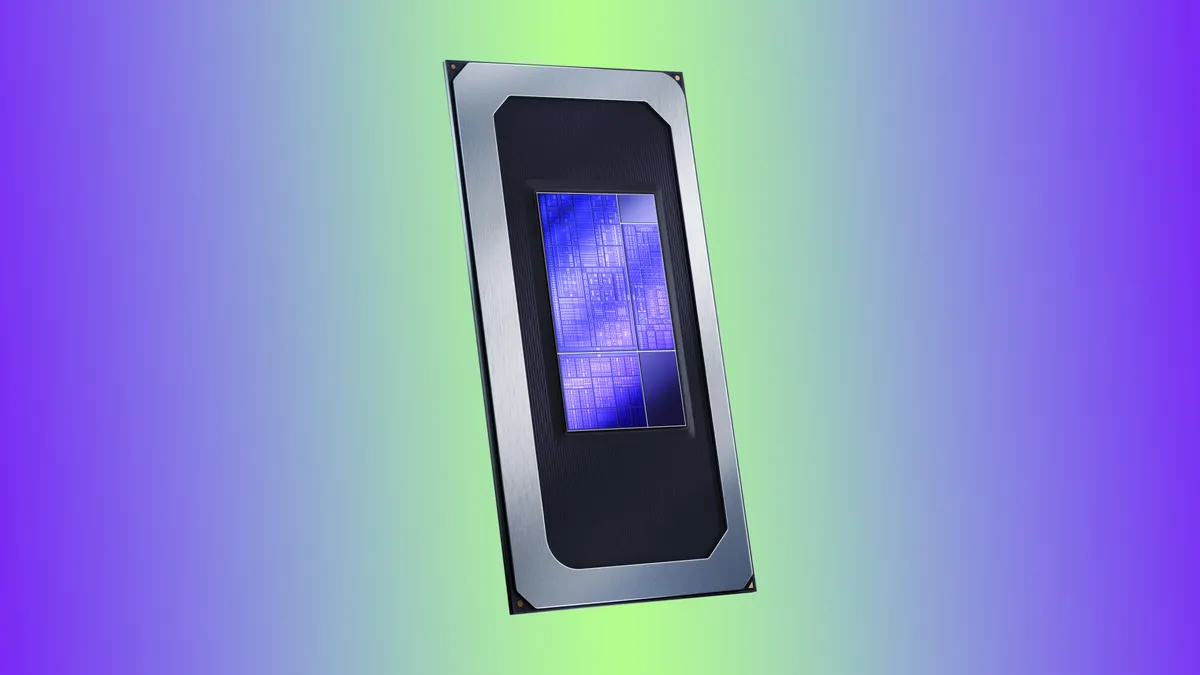TL;DR: Netflix’s The Woman in Cabin 10 sails smoothly on Keira Knightley’s shoulders—a stylish, moody thriller that looks amazing and feels just okay.
The Woman in Cabin 10
There’s a very specific kind of Netflix movie that’s become its own subgenre—the kind that looks like it was shot entirely inside a Vogue photoshoot but has the emotional temperature of a stainless-steel martini shaker. Think expensive fabrics, mysterious gazes across infinity pools, and dialogue that always sounds like it was written in a $10,000-a-night Airbnb. The streaming giant has clearly discovered that we’ll happily watch beautiful people commit crimes in beautiful places. So here comes The Woman in Cabin 10, a Keira Knightley-led psychological thriller that floats elegantly between paranoia, privilege, and polished production design.
Based on Ruth Ware’s best-selling novel, the story anchors itself on Laura “Lo” Blacklock, a journalist still recovering from trauma, who boards a hyper-exclusive luxury yacht for what should be a fluff assignment. Within the first twenty minutes, she hears a scream, sees something go overboard, and finds herself gaslit by every silk-robed millionaire on deck. From there, the movie transforms into a claustrophobic chamber piece that teeters between a stylish mystery and an expensive anxiety attack.
I’ll be honest: I went in ready to roll my eyes. Netflix has a habit of pouring all its money into aesthetics—a particular kind of modern noir aesthetic that I like to call Yachtcore (where everyone has great cheekbones but zero depth). But Keira Knightley, somehow, pulls this whole glossy ship back from the brink of capsizing. If this movie floats at all, it’s because she’s at the helm, steering through the choppy waters of mediocre writing and impeccable lighting.
There’s something fascinating about Netflix’s obsession with the marriage of luxury and fear. Between Ripley, The Perfect Couple, and now The Woman in Cabin 10, the platform seems enamored with the idea that the rich don’t just have yachts—they have skeletons stored neatly beside their caviar. It’s a formula that works: audiences love the voyeuristic thrill of peering into privilege, especially when that privilege starts to rot from the inside.
Director Simon Stone (with screenwriters Joe Shrapnel and Anna Waterhouse) clearly understands this appetite. The film’s cinematography leans hard into chilly symmetry—every corridor gleams, every champagne glass reflects just enough menace to make you uneasy. It’s a world that looks perfect until you blink long enough to see the cracks. But here’s the problem: Netflix thrillers often confuse polish with substance. The smoother it looks, the less it feels.
That’s where Cabin 10 stumbles. It’s sleek to the point of sterility. Every shot feels composed for a trailer still, every moment measured for meme potential. The paranoia feels real, but the people don’t. The wealthy guests—played by a stacked cast including Guy Pearce, Hannah Waddingham, Kaya Scodelario, and David Morrissey—are essentially background noise. They exist to smirk, sip, and throw side-eye at Lo as she spirals. I kept wanting one of them to break free from the archetype and surprise me. But this yacht has no room for depth—just decorative menace.
Let’s get this out of the way: Keira Knightley is phenomenal. She carries this film like it’s a designer handbag full of emotional shrapnel. Lo Blacklock, in her hands, becomes something much more layered than a stock thriller protagonist. You can see the exhaustion in her eyes, the jittery fear that she’s about to lose her mind, the way she second-guesses every reality presented to her. Knightley makes Lo believable in a way that transcends the script. She never slips into hysteria—instead, she vibrates with quiet dread, the kind that feels like a panic attack behind polite conversation.
I found myself genuinely rooting for her, even when the film’s pacing occasionally left her stranded in yet another elegantly lit corridor. She gives this Netflix production something it sorely needs: soul. Without her, The Woman in Cabin 10 would’ve sunk faster than the Wi-Fi signal on that yacht.
Visually, this movie slaps. The yacht, named the Aurora Borealis, looks like a Bond villain’s Airbnb. Every detail—from the glass staircase to the ocean reflections rippling across the walls—feels engineered for luxury. Cinematographer Larry Smith deserves credit for creating a sense of claustrophobic beauty; you want to live there, even as people possibly die there. But the movie’s atmosphere sometimes does all the heavy lifting that the mystery refuses to do.
The tension is well-paced—you get your first real jolt of “Wait, what?” around the twenty-minute mark, and from there, it rarely drags. But there’s a difference between suspense and sustained curiosity. The best psychological thrillers (Rear Window, Gone Girl, The Night Of) build an ecosystem of ambiguity where every side glance or offhand comment could mean something sinister. Cabin 10 gestures toward that kind of complexity but never dives deep enough. The clues are too sparse, the red herrings too obvious, and the resolution too neat.
It’s as if the film is afraid of mess—afraid to get ugly or uncomfortable. Everything is too controlled, too airbrushed. Even Lo’s breakdowns feel like they’re happening under soft mood lighting, with a perfect playlist humming in the background. The whole thing could use more grit, more texture—something to make us feel the salt spray and desperation rather than just admire the interior design.
Guy Pearce is, as always, perfectly cast as a man you don’t trust but can’t stop watching. His Richard Bullmer exudes quiet menace but remains frustratingly underwritten. We’re told he’s dangerous, but rarely shown how. Waddingham, as the fabulously snide socialite Heidi, is magnetic in every frame she appears in—but she’s criminally underused. The rest of the passengers feel like expensive wallpaper. You recognize the faces, but they barely register as people. It’s a shame, really, because a story about isolation among the ultra-rich could have played with class tension, power dynamics, or moral rot. Instead, everyone just kind of… exists.
It’s not that the film doesn’t try to engage with deeper themes—trauma, journalistic integrity, the way women’s credibility is constantly questioned—but it skims the surface. Every time it touches on something interesting, it retreats back into the safety of its luxury aesthetic.
Despite all that, I found myself weirdly satisfied by the end. The film never cheats its audience; the final act lands cleanly, even if predictably. It doesn’t leave dangling threads or nonsensical twists—a small miracle in modern thrillerdom. There’s something almost comforting about a movie that knows exactly what it is: a sleek, suspenseful, slightly shallow mystery that looks amazing and doesn’t overstay its welcome.
Keira Knightley saves it from mediocrity by sheer force of charisma. Her presence transforms the film from a forgettable streamer into a decently gripping one-night watch. It’s not going to redefine the genre, but it doesn’t need to. It’s a perfect background thriller—the kind you put on during a rainy Sunday and end up finishing because you actually got invested halfway through.
The Verdict
The Woman in Cabin 10 is Netflix doing what Netflix does best: packaging dread in couture. It’s atmospheric, tense, and gorgeous to look at, but emotionally thin. Keira Knightley’s performance is the lifeboat that keeps it afloat, even when the script drifts into familiar waters. It may not have the bite of its literary source, but it delivers enough intrigue to make the voyage worth it.







